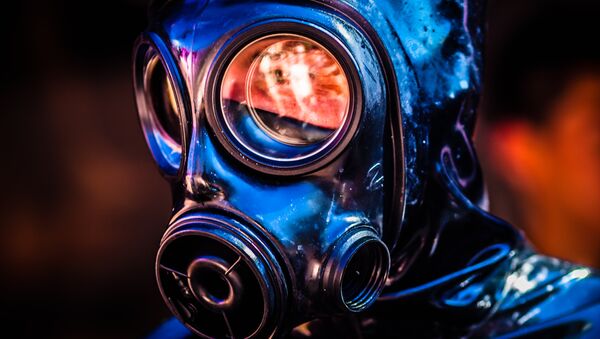In 2012, indoor air pollution was linked to 4.3 million deaths around the world, compared with 3.7 million for outdoor air pollution.
"There are actually various sources of pollution that have a negative effect on air quality, many of which are found inside our homes and offices. From cooking residue to paints, varnishes and fungal spores the air we breathe indoors is often more polluted than that outside," explained Dr. Prashant Kumar, UK air quality expert and Professor at University of Surrey.
Urban building occupants typically spend 90 percent of their time indoors and this has been linked to a "sick building syndrome," when people experience a combination of illnesses and unhealthy effects related to breathing indoor air.
"It is essential that we are able to effectively monitor indoor air pollution so that we can better understand when and where levels are worst, and in turn offer solutions to make our air healthier," Kumar said in the journal Science of the Total Environment.
"Our work looks at the use of small, low-energy monitoring sensors that would be able to gather real-time data and tell families or workers when levels of pollutants are too high," he continued.
A collaborative effort of European, Australian and British researchers led by the University of Surrey measured the harmful effects of indoor pollution in order to make recommendations on how best to monitor and negate these outcomes.
The authors noted that with this research, they are calling for greater importance to be placed on ensuring that buildings are built with indoor pollution monitoring in mind. This is one way in which technology will actively benefit health.



